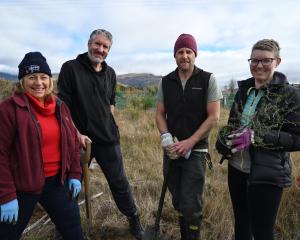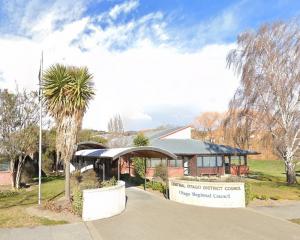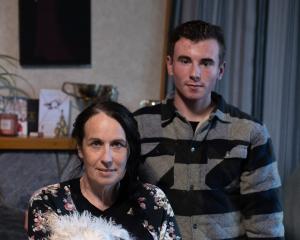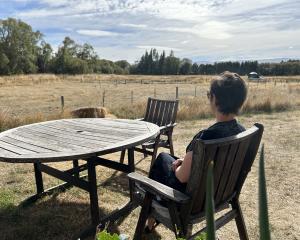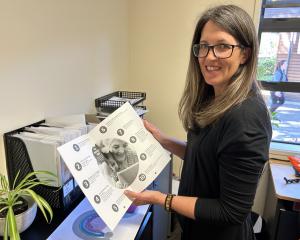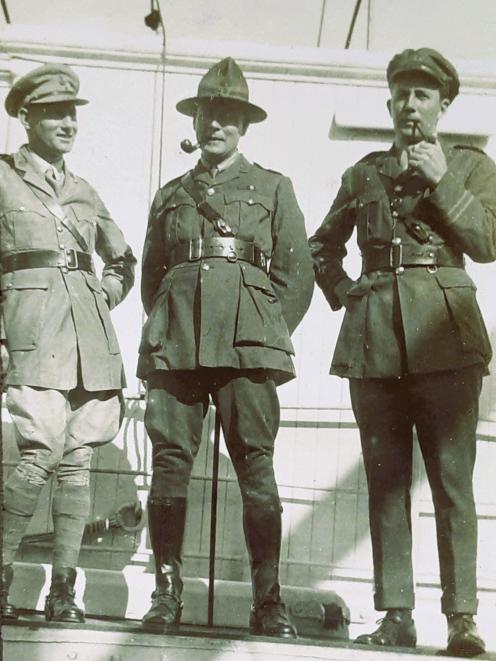
John Mickle Hyde ("Jack") was born in 1887 at Clyde.
His father, Dr John Galbraith Hyde, was the Medical Superintendent at Clyde (Dunstan) Hospital for many years.
The family lived in the doctor’s house that was attached to the hospital.
Jack attended Clyde School and Waitaki Boys’ High School, then Otago Medical School.
He graduated in 1910 with bachelors of medicine and surgery degrees.
After that he worked in New Zealand hospitals for about six years.
In World War 1, Jack was a surgeon on the hospital ship Maheno.
The ship took on board large groups of wounded men from the battlefields of the Middle East, Europe and Africa.
Many had severe injuries, including multiple wounds from shell explosions or machine gun bullets.
Tropical diseases such as malaria were also common.
Needless to say, the medical staff worked incredibly hard.
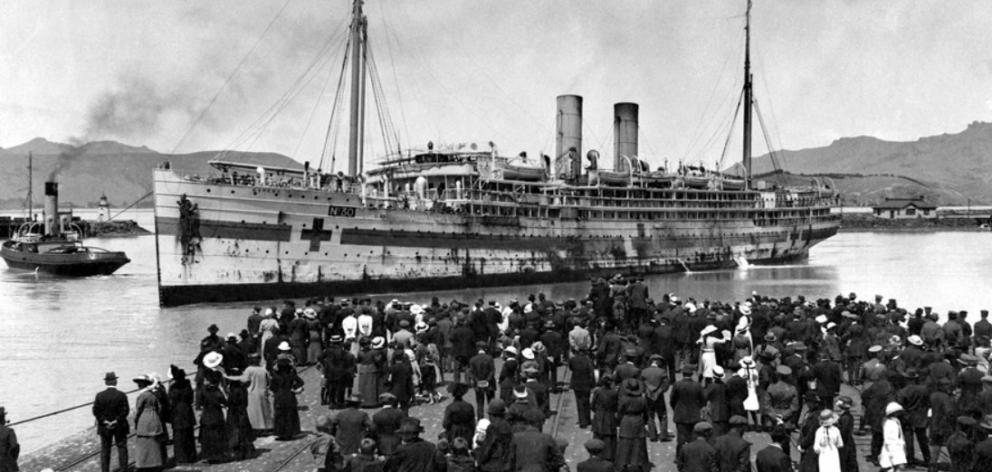
Most improved significantly during their voyage, with a large number of former "cot cases" able to walk ashore.
The hospital ships were always under threat from floating mines and early in 1917 the German army declared unrestricted submarine warfare.
Hospital ships were not exempt.
Patients had to have their lifejackets beside them at all times and censorship became very strict.
Between sailings of the Maheno Jack was sent to Featherston Camp New Zealand’s largest military training camp during World War 1.
The medical staff inspected all new recruits for signs of illness and held daily sick parades where men who were unwell could step forward for treatment.
The camp hospital provided beds for 160 patients and followed an "open air" treatment approach, particularly for patients with respiratory illnesses.
When the war ended Jack went abroad, completing a Fellowship of the Royal College of Surgeons at Edinburgh then practising in London and Vienna.
In about 1929, he moved to Sydney and joined the Australian Merchant Navy as a surgeon.
He frequently sailed to New Guinea, Indonesia and Singapore, on both cargo and passenger ships.
When World War 2 broke out, merchant navy ships were commissioned by the Royal Australian Navy and used to transport troops, supplies, ammunition and civilians.
Jack was on the Neptuna in December 1941 when it helped evacuate women and children from New Guinea ahead of the Japanese southward advance.
The ship remained undetected, despite the unnerving sound of enemy aircraft above the monsoon cloud.
Jack was also on the Neptuna when the Japanese attacked Darwin Harbour on 19 February 1942.
The ship, which was being unloaded, was carrying 200 depth charges and a large quantity of anti-aircraft shells and ammunition.
It was hit multiple times and eventually blew up with a massive explosion.
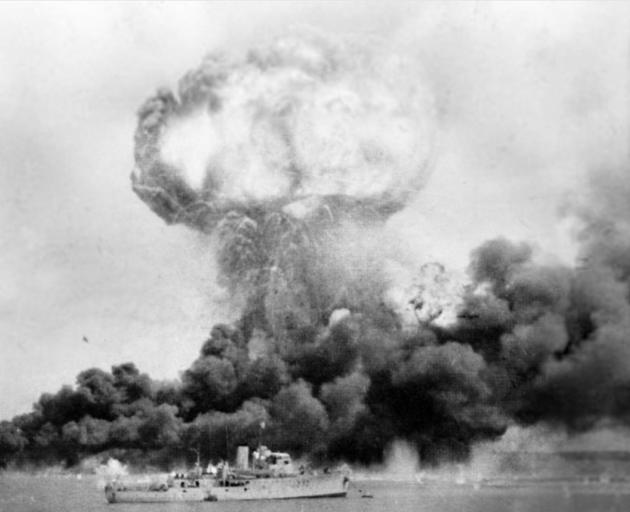
He placed a severely injured 16-year-old cadet on a wooden plank and swam with him away from the ship, through the oil-laden harbour.
Jack was awarded the Lloyd’s War Medal for Bravery at Sea and the M.B.E.
He was 54.
For the remainder of the war Jack sailed on the Marella, a converted luxury liner which transported troops and supplies for the armed services around coastal Australia and to Bougainville and Lae.
After the war ended, the Marella was part of a massive effort to bring home tens of thousands of servicemen and other personnel from the Pacific.
Merchant navy ships eventually resumed normal freight and passenger services.
Jack mostly sailed on the Australia-Java-Singapore route.
In December 1955 he travelled to New Zealand to visit relatives.
While staying with family at Timburn Station in Tarras, he was unwell.
On 28 December, when he didn’t return from fishing at the Lindis River, his nephew John went looking for him and found he had died on the riverbank.
He was 68 years old.
A biography of Jack’s life is available at Alexandra Library

